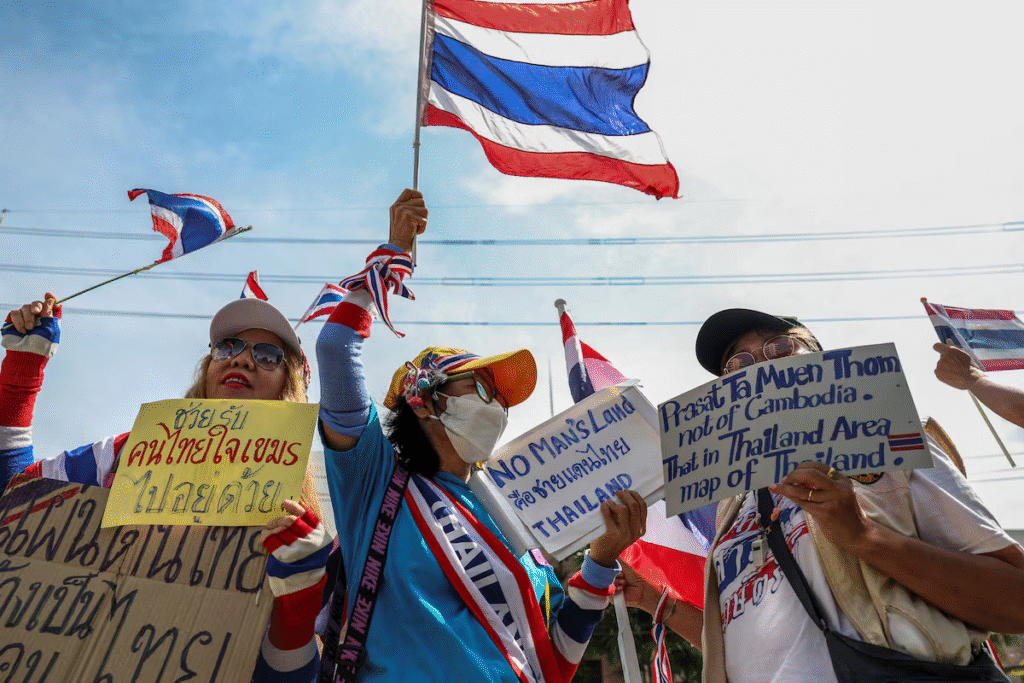
Introduction
Tensions between Thailand and Cambodia have rekindled once again, as both countries have increased their military presence along their shared border. The conflict stems from longstanding territorial disputes, particularly over the ancient Preah Vihear temple area, a UNESCO World Heritage Site. According to Thai Defence Minister Phumtham Wechayachai, Thailand is reinforcing its forces in response to recent military operations undertaken by Cambodia.
Background of the Dispute
The Preah Vihear temple, located atop a cliff in the Dangrek Mountains, has long been a focal point of conflict between Thailand and Cambodia. The International Court of Justice (ICJ) granted ownership of the temple to Cambodia in 1962, but the surrounding land remains disputed. This unresolved issue has led to recurring diplomatic tensions and, at times, armed conflict. The last significant clash occurred in 2011, resulting in casualties on both sides.
Recent Developments
Thailand has ramped up its military deployment, according to Defence Minister Phumtham Wechayachai, in direct response to Cambodia’s recent troop movements along the border. While no detailed figures on the scale of deployment have been disclosed, the mutual distrust between the two nations is evident despite ongoing diplomatic channels. Cambodia has yet to make an official statement, but reliable sources suggest that Phnom Penh views Thailand’s actions as provocative.
The area around the Preah Vihear temple remains heavily militarized, with troops from both sides stationed in close proximity. The temple, once a symbol of shared cultural heritage, now stands as a stark reminder of the region’s volatility and potential for renewed violence.
Implications for Regional Stability
The escalating tension raises serious concerns for the stability of Southeast Asia—a region that has largely enjoyed peace in recent years. Although the Association of Southeast Asian Nations (ASEAN), to which both Thailand and Cambodia belong, traditionally adheres to a policy of non-interference, the current situation could prompt the organization to play a more active role in facilitating dialogue.
Local communities near the border are also expected to suffer. Trade, tourism, and cross-border travel will likely be disrupted. The Preah Vihear temple, a major tourist attraction, is anticipated to witness a decline in visitors due to growing safety concerns.
Path Forward
De-escalation will require genuine political will from both sides, possibly aided by neutral mediators. Confidence-building measures such as joint patrols or the establishment of demilitarized zones (DMZs) could help prevent unintended skirmishes. Crucially, both parties must address the root issue: the absence of a clearly defined legal border at regional and local levels. A permanent resolution hinges on this fundamental clarification.
References
- International Court of Justice. (1962). Case Concerning the Temple of Preah Vihear (Cambodia v. Thailand).
- UNESCO World Heritage Centre. Preah Vihear Temple. Retrieved from UNESCO official records.
